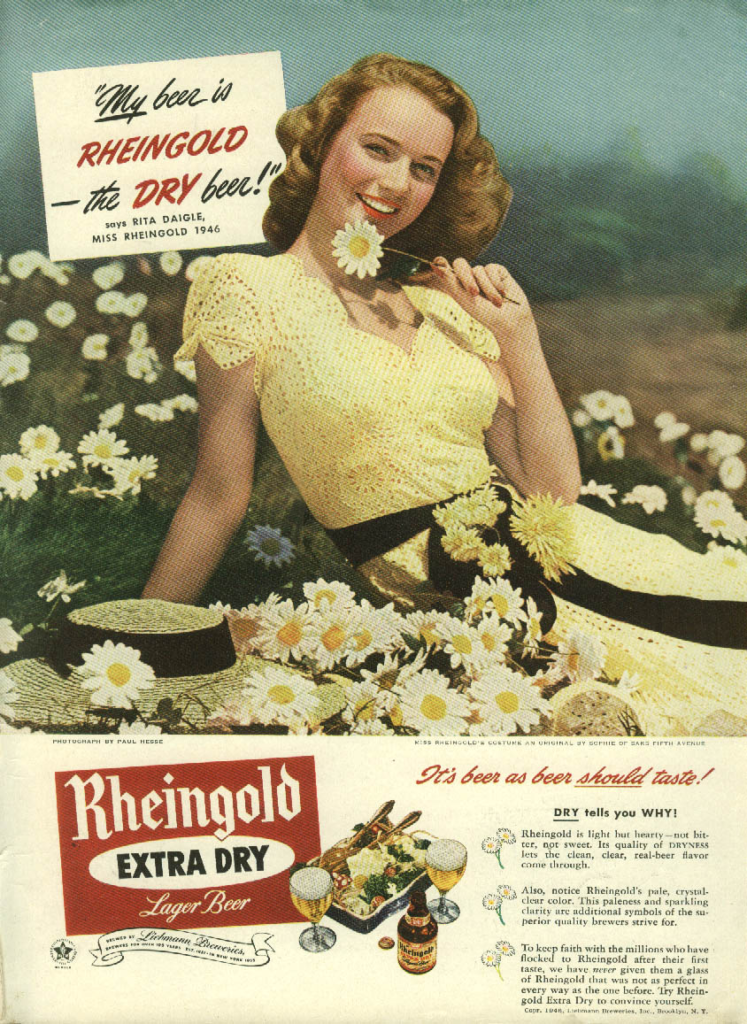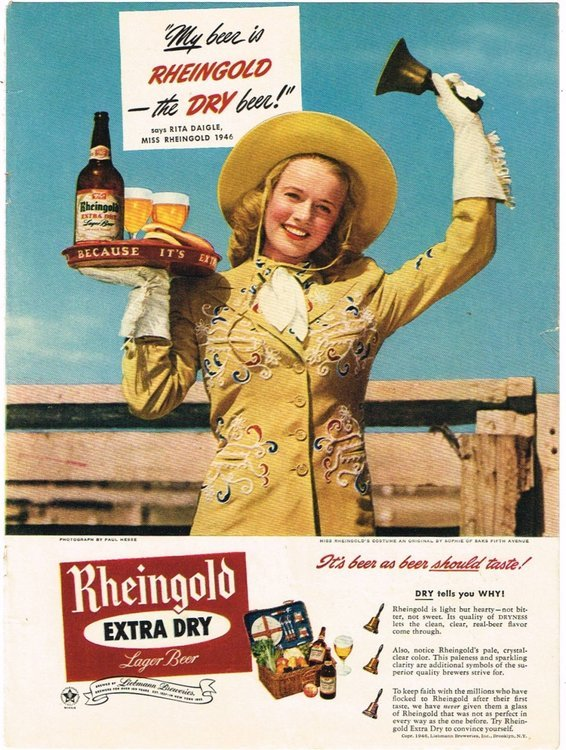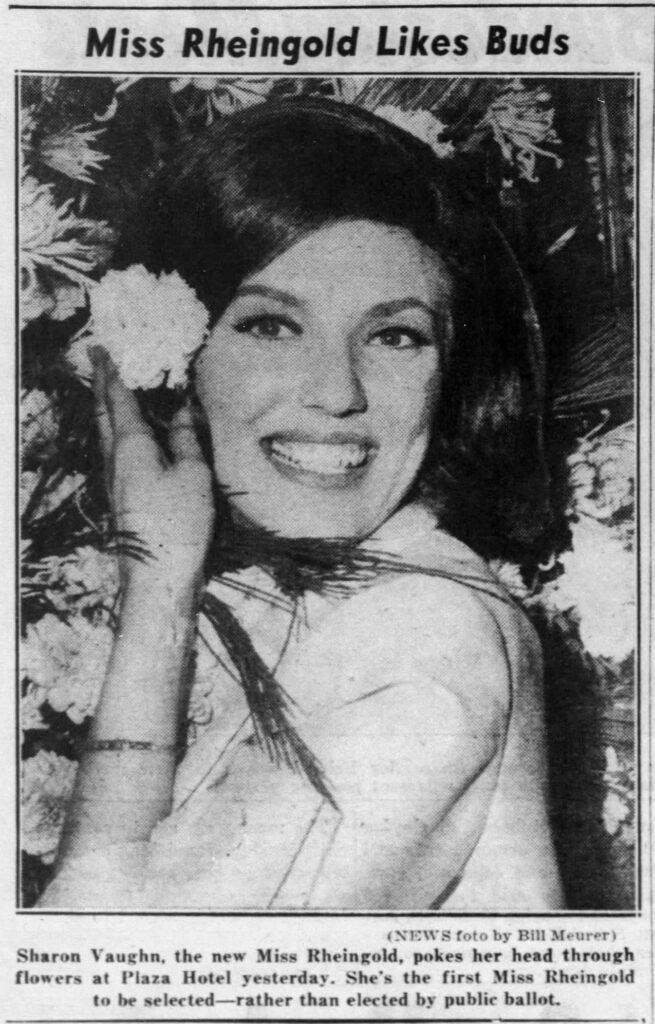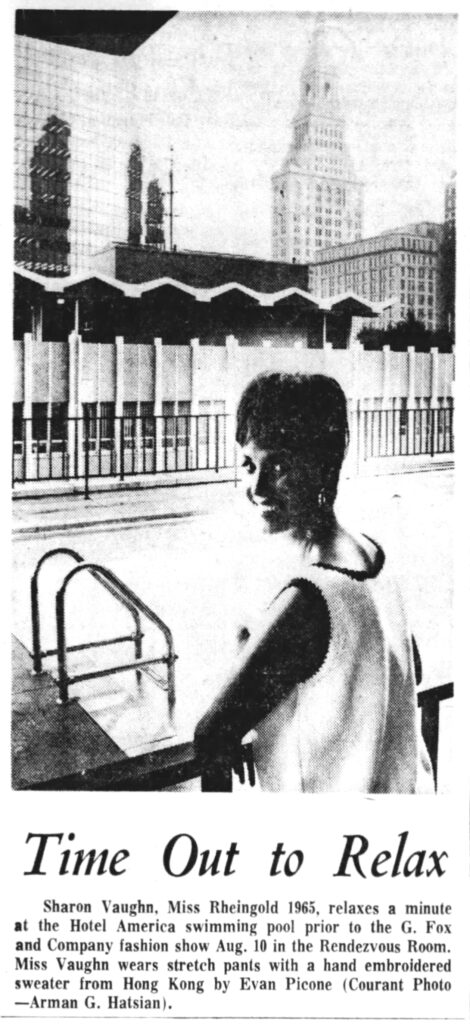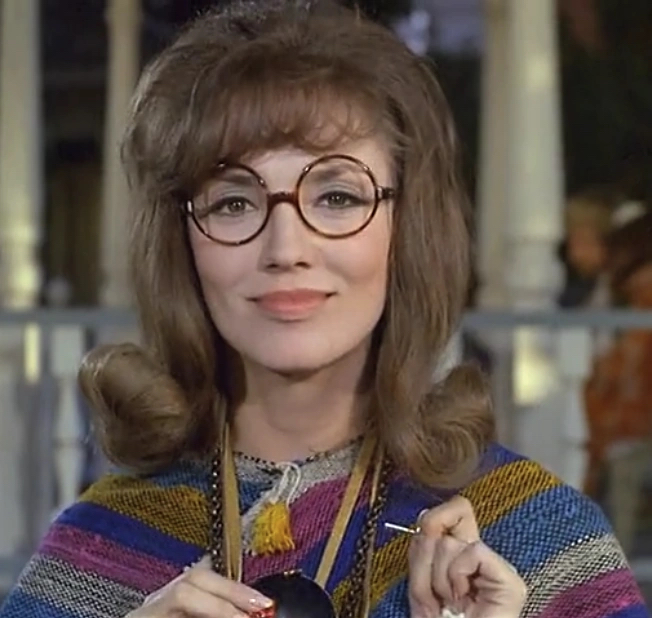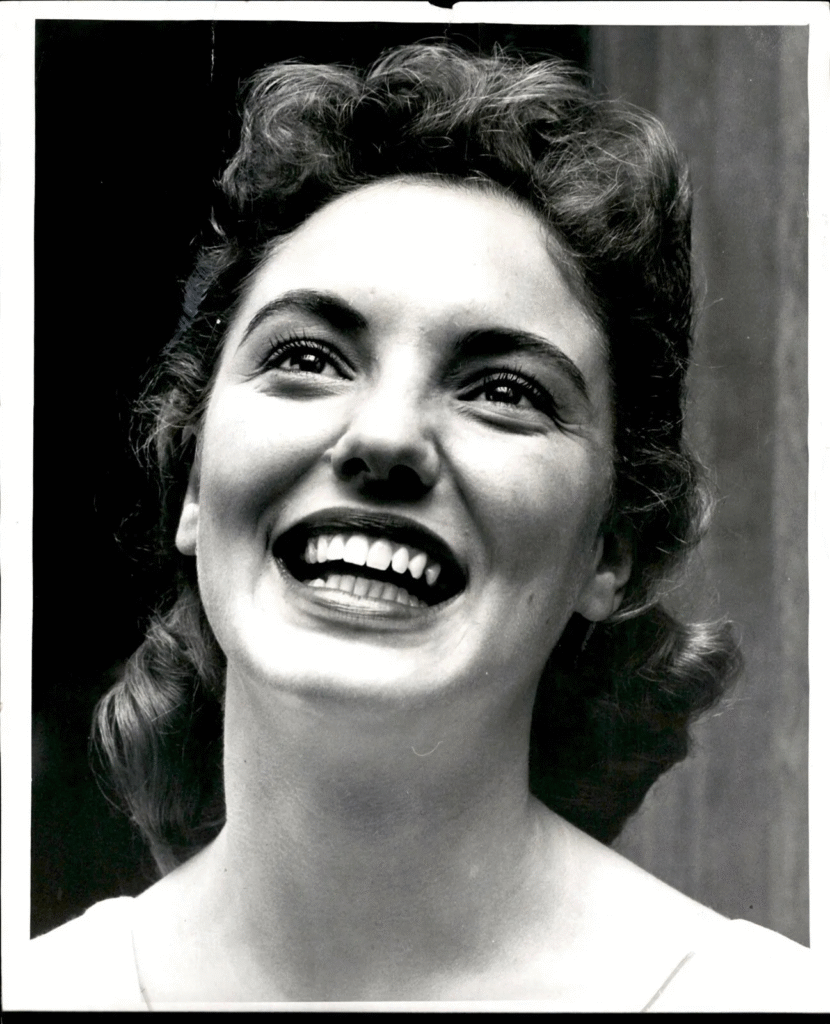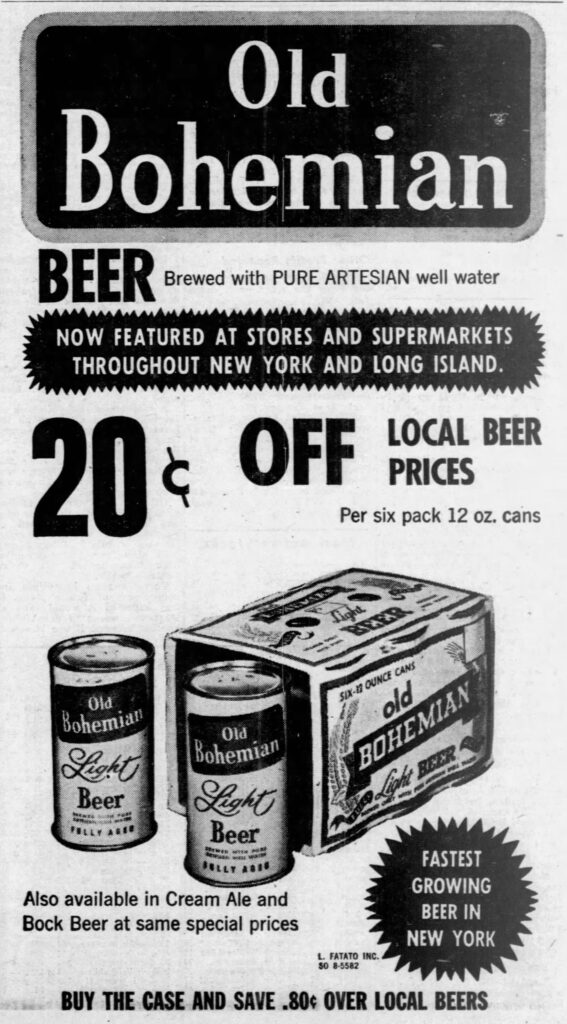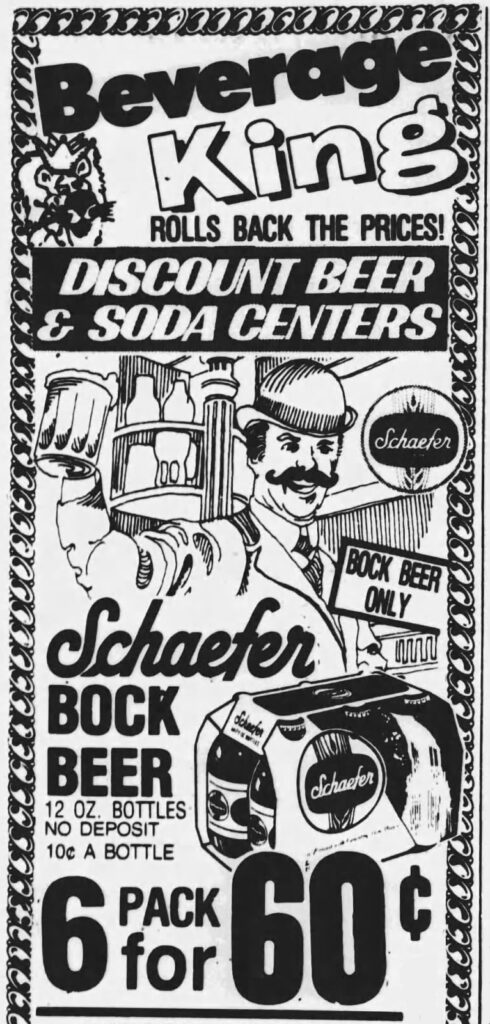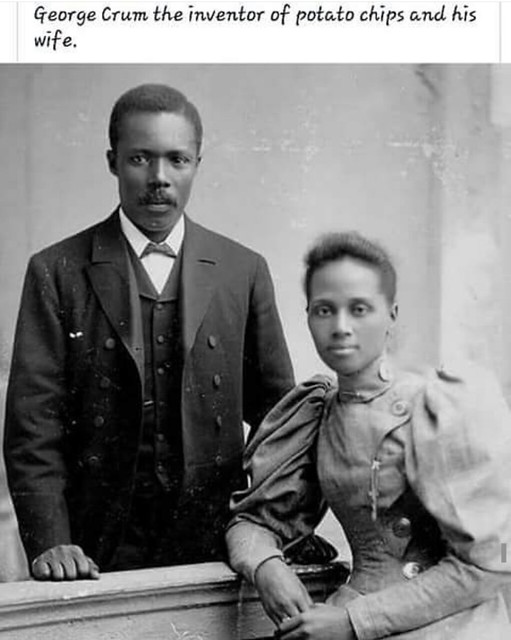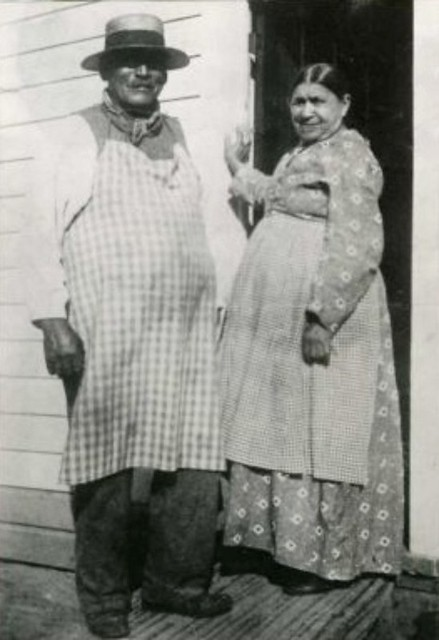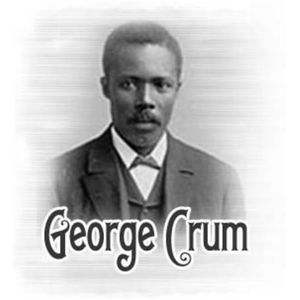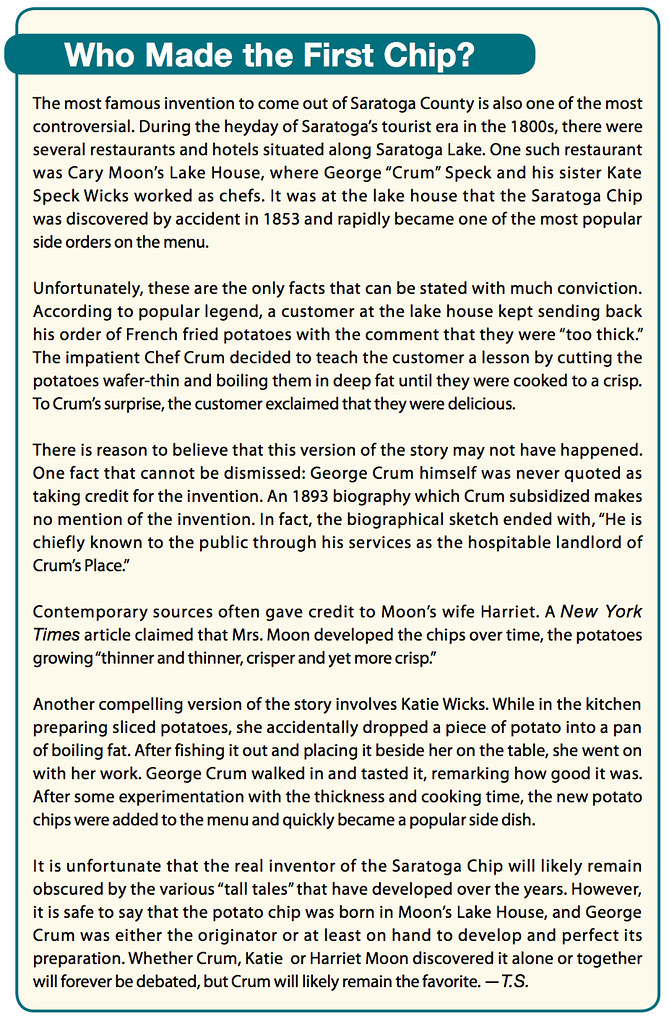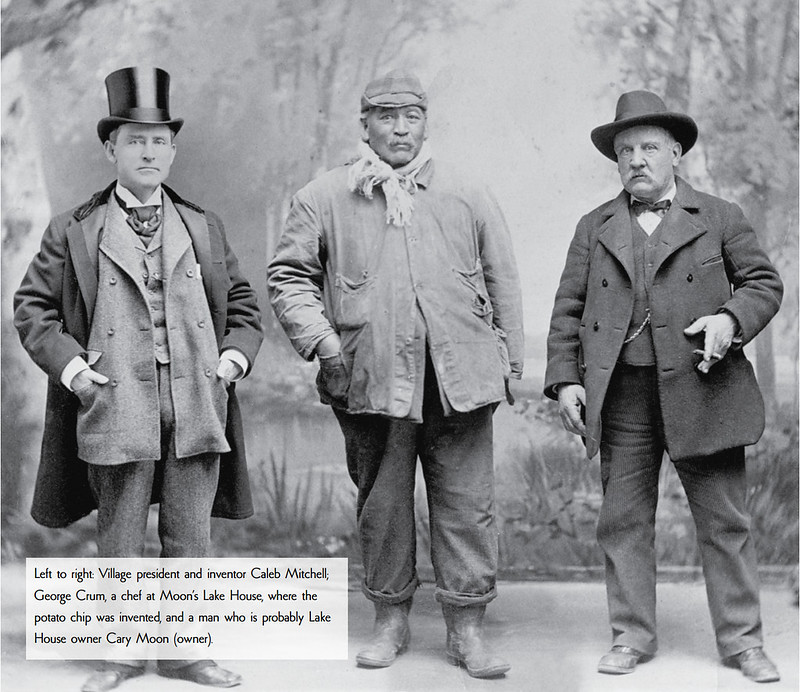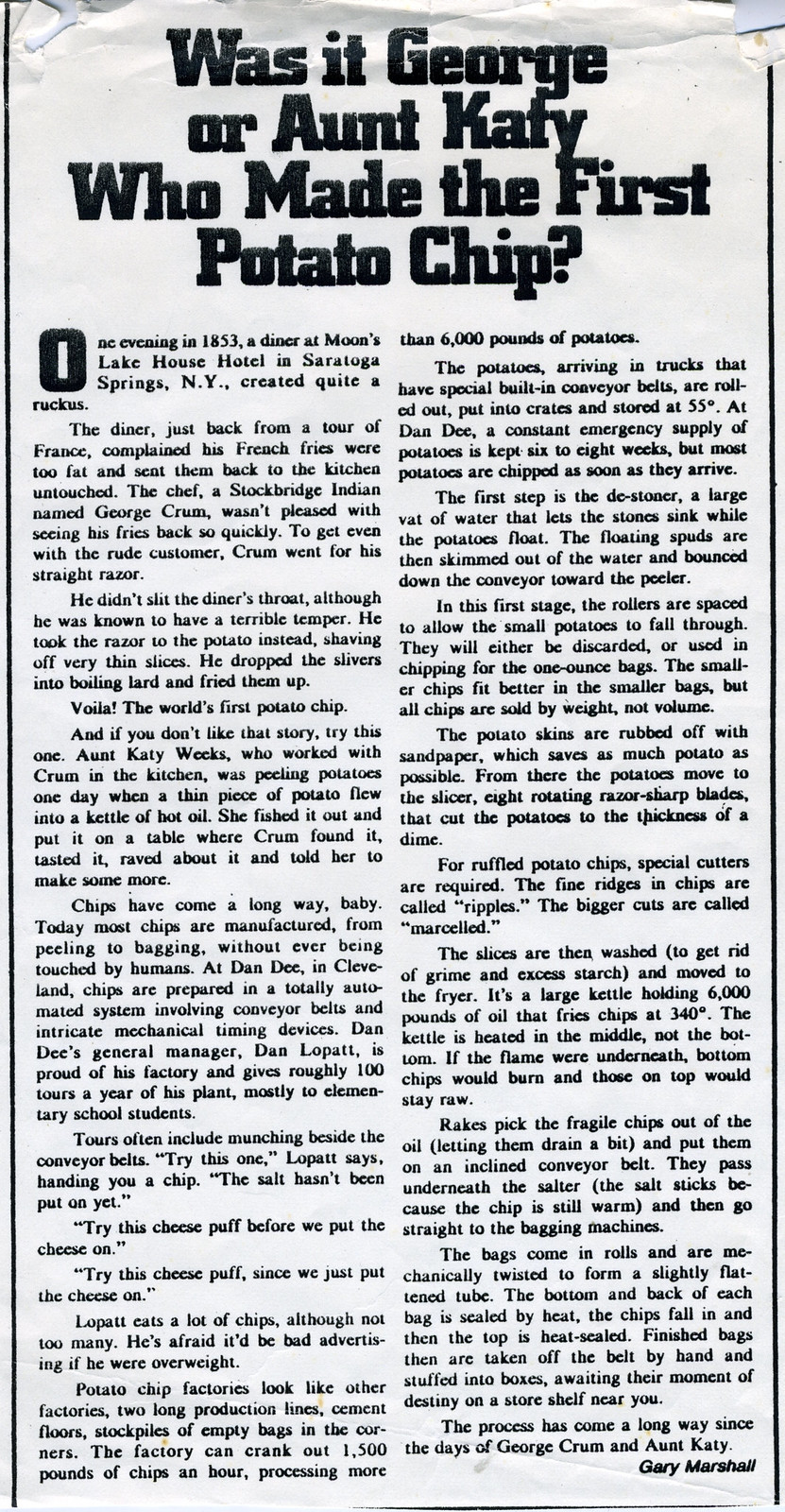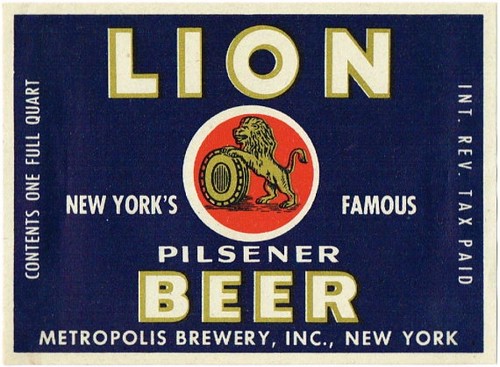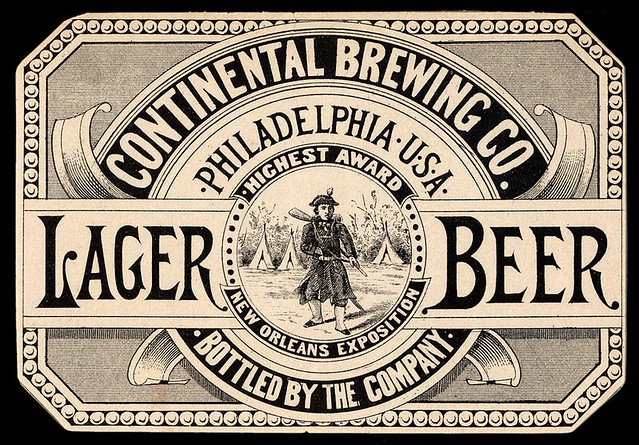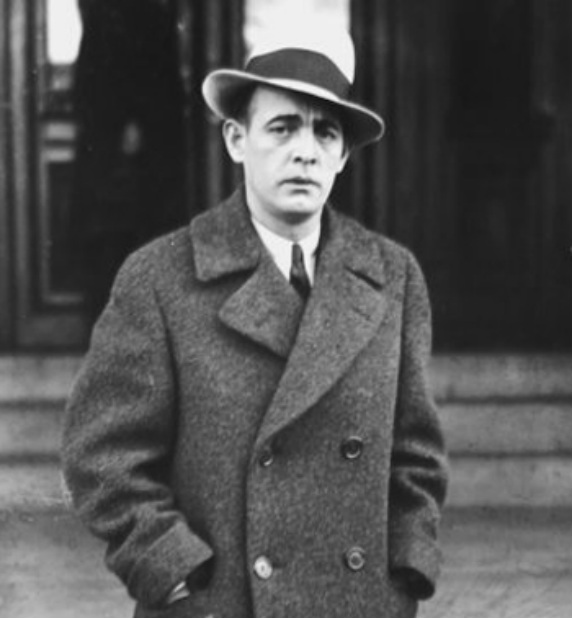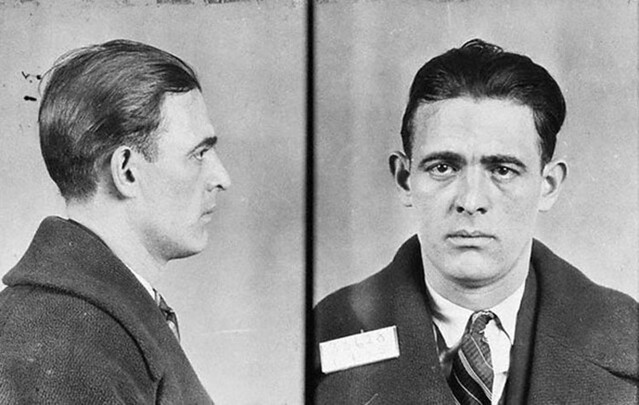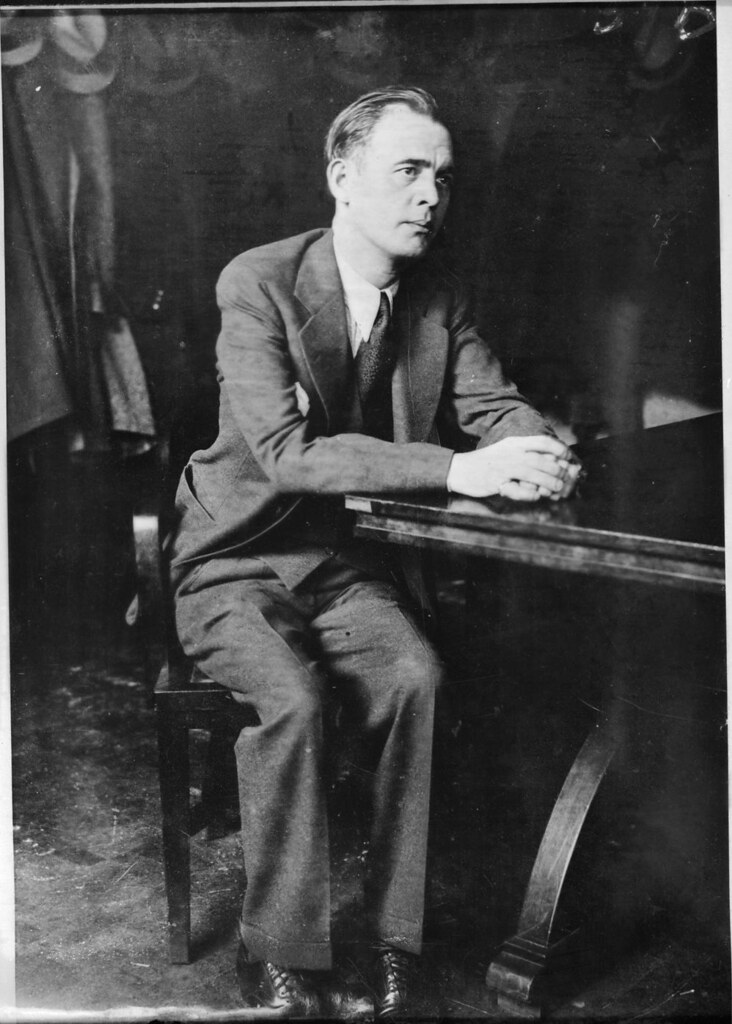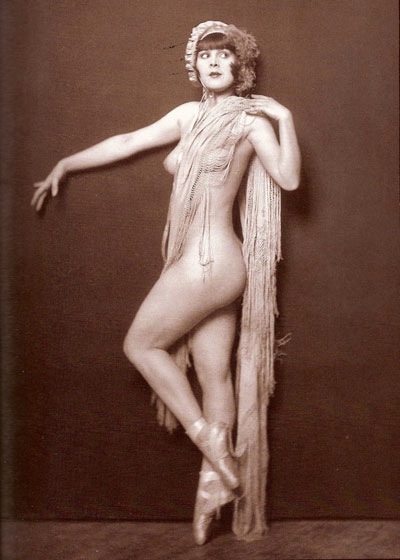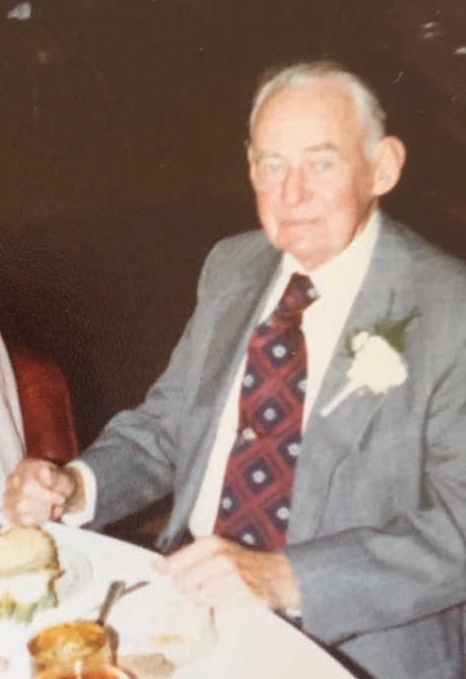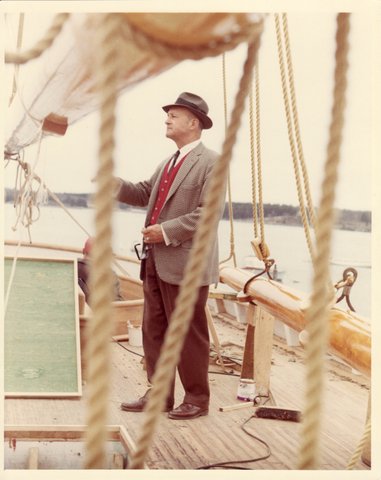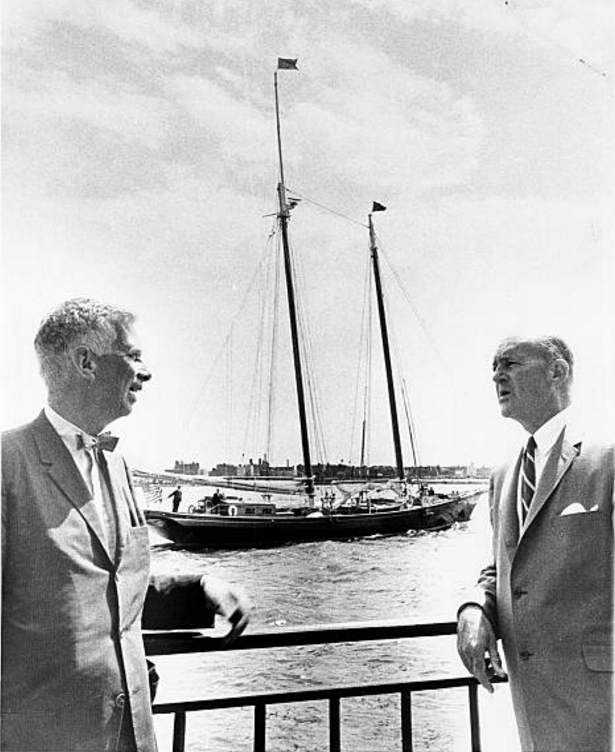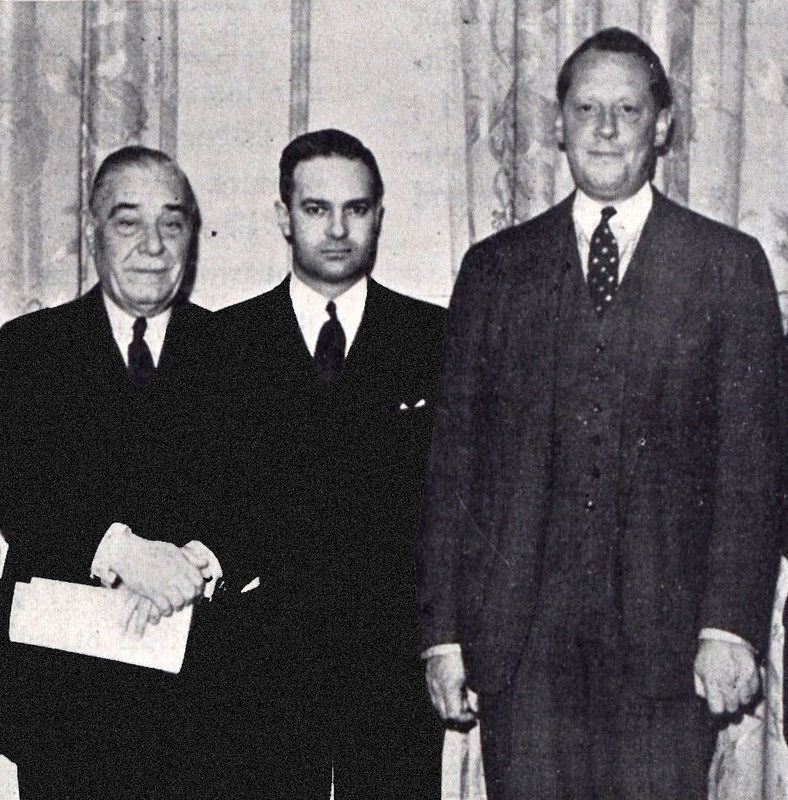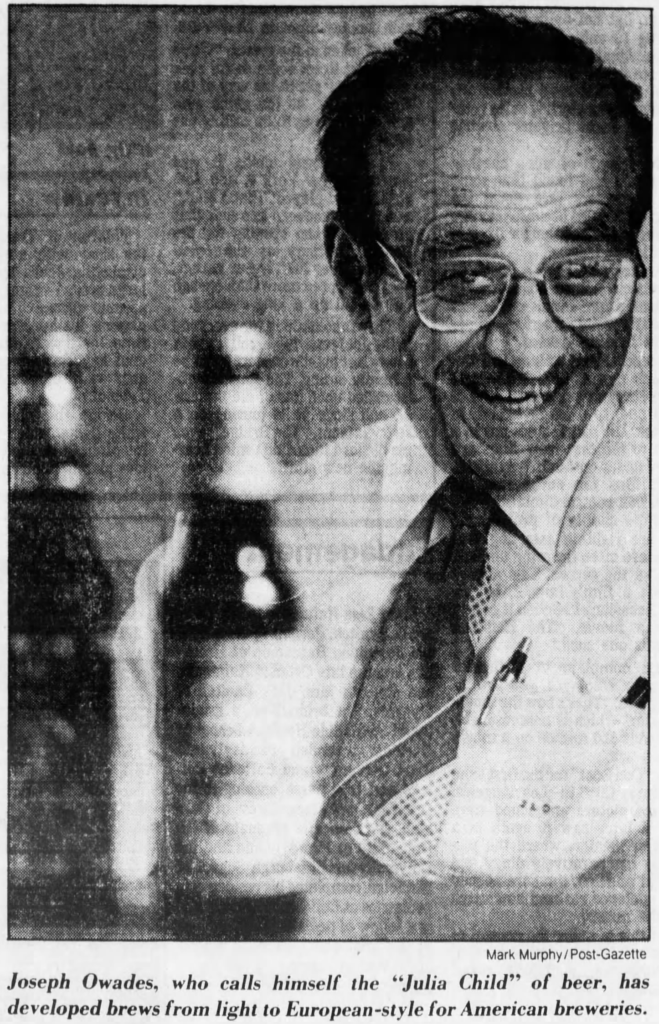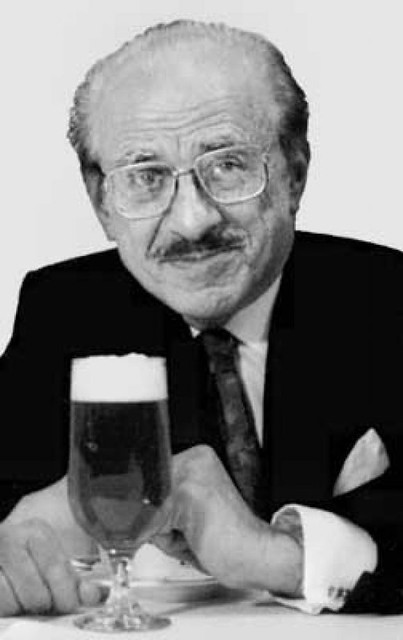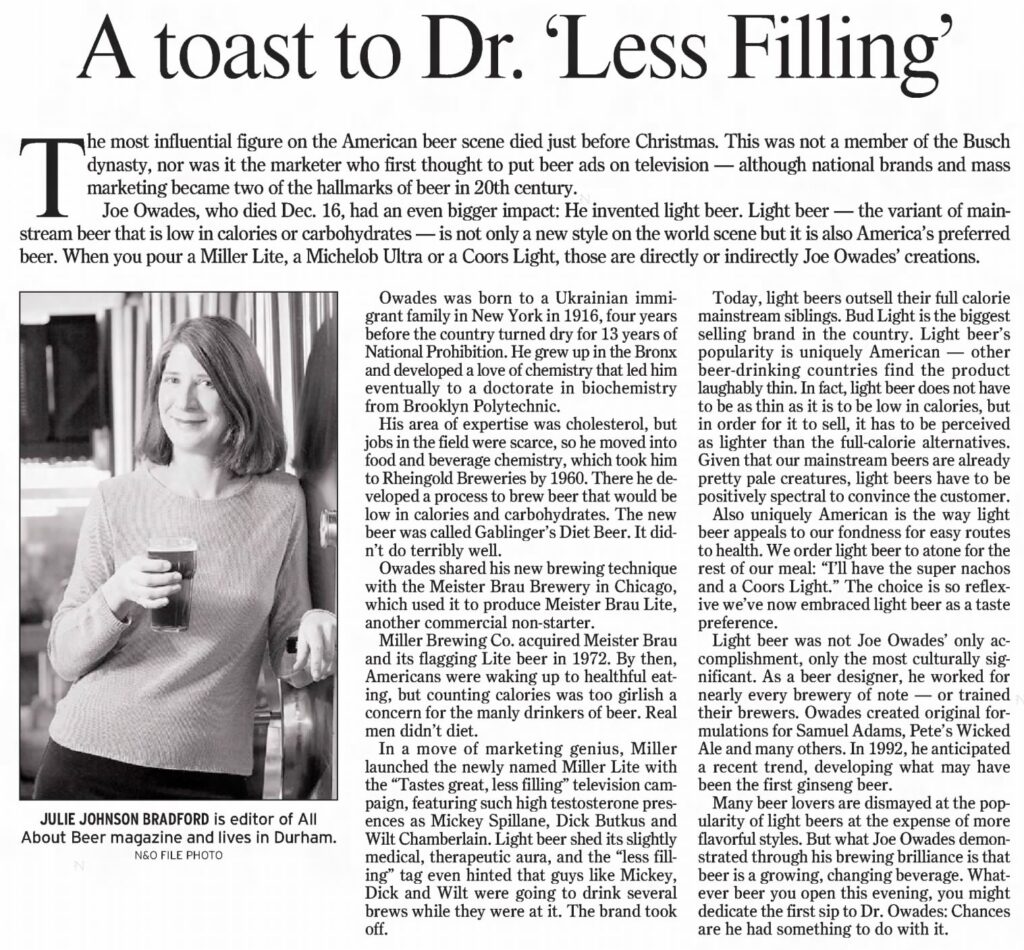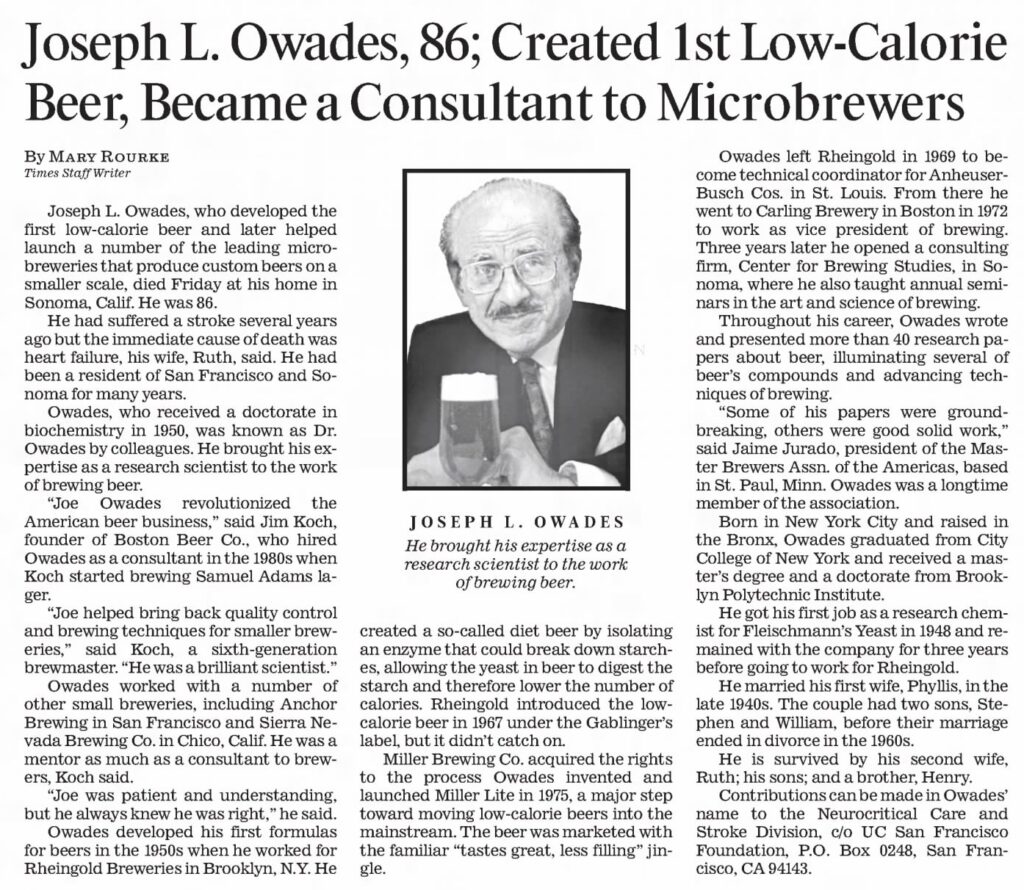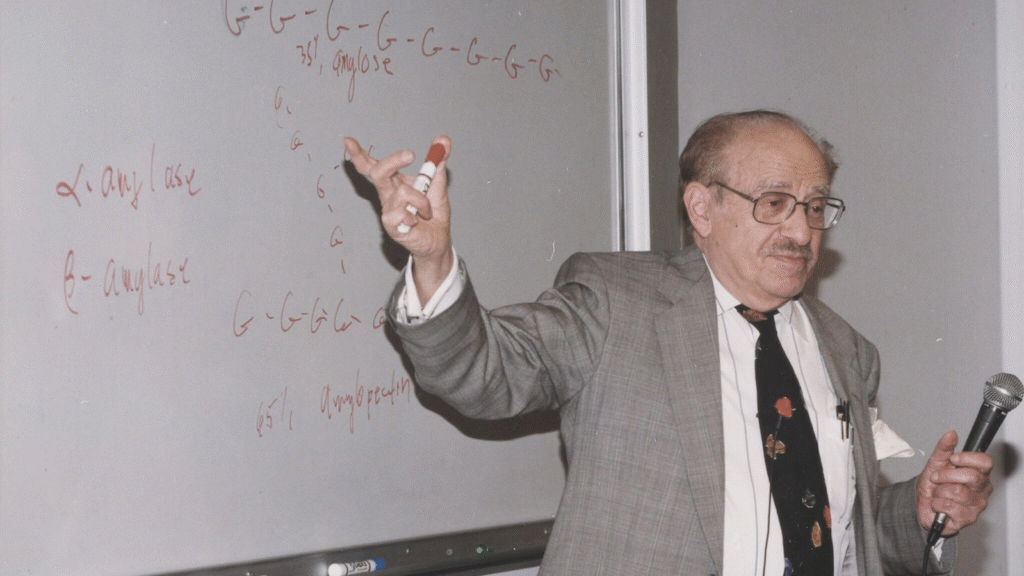
Today is the birthday of Rita Daigle McGrover (July 31, 1927-February 9, 1974). Daigle was elected Miss Rheingold 1946. She was born in New York, and started modeling when was seventeen (lying about her age). She was also Miss Stardust of 1944 and Queen of the 1945 Photographers Ball. The same December she was crown Miss Rheingold, she married a well-known singer, Jimmy Saunders, who sang with Harry James, among others, and co-wrote songs with Frank Sinatra. Her modeling career both before and after 1946 was fairly robust, with her appearing on the cover of such magazines as Cosmopolitan, Life and Vogue. She later married lawyer Raymond J. McGrover, who was also president of the American Contract Bridge League. She had two children.

Here’s more about her from Those Obscure Objects of Desire:
Rita Daigle was born on July 31, 1927 in New York City, to Raymond and Alice Daigle. Her father, who worked as an assistant manager in a hotel, was born in Massachusetts. Her mother was French-Canadian, a housewife. She was their only child.
The family lived in Manhattan with a lodger in 1930. Rita attended high school in New York and developed an interest in modeling from an early age, picking this vocation as her road to fame and riches.
Rita signed with the Walter Thorton Agency, a premier modeling agency of the time, on par with Conover and John Power Agencies. She was only 16 when she started doing the modeling rounds. Her claim to fame was being crowned Miss Stardust in 1944, beating more than 3000 other pretty hopefuls for the title. This was followed closely by being Queen of New York’s Press Photographers Ball. Riding on a wave of high publicity, she was signed to a movie career in 1945.
CAREER
Let me tell you right of the bat – I haven’t got any credits on Rita. She doesn’t have a page on IMDB, but I know that, unless the papers outright lied about it, Rita signed a contract with Paramount pictures in April 1945. There is a good chance that she, like many young and pretty starlets, never made a movie during their contract period. Also, it’s worth noting that her modeling career was much more lucrative than signing a contract as a starlet. If I were Rita, I would have chosen to return to New Yotk. Anyway, Rita really went back to New York and married by the end fo the year, thus ending any chance of working in Hollywood for the long run (her husband absolutely refused to work on the West coast, and her modeling momentum was slowly melting away).
Later, after her divorce, in about 1952, the papers called her an “actress”, but I couldn’t find any credits from this time (unless she changed her name) so it’s kaput again.
PRIVATE LIFE
In 1944, when the 17-year-old Rita hit the papers, they claimed she was a native of Lowell Massachusetts (not quite right), that she was 19 years old (not quite right), and that she was the sweetheart of Liutenant Emile Bouchard, serving somewhere in England at the time. I guess the part about Bouchard was true, but their relationship ended not long after.
Rita married singer Jimmy Saunders in New York in December 1945. Saunders was born as Vincent LaSpada on June 9, 1920, in Philadelphia, Pennsylvania. He came from a large Italian-American family – the son of Fillipo and Lillian LaSpada, his father was a baker who owned a bakery on the 9th and Cross Street. The family had 13 children, and Vincent had seven sisters (Lucy, Rose, May, Grace, Helen, Carmel, Angelina).
In 1945, Jimmy was in top form, and so was Rita. For instance, in 1946, Rita was crowned Miss Rheingold, a great honour for any model in the 1940s (the very first Miss Rheingold, Jinx Falkenburg, was the only one that had any kind of a acting career). That year, she made about 45, 000$ from her modeling work, making her a pretty well paid woman for that time! Rita appeared in Yank the Army Weekly, Cosmopolian and Vogue (among others). She was nicknamed La Daigle, and played pretty coy with the papers, admitting her father was a innkeeper and refused to say what inn – she also admitted that she rarely drank beer (despite being Miss Rheingold). It was also noted that she met Jimmy while dancing at Pops’ hotel. Cute! Now more about Jimmy’s career. As his obituary on Philly.com notes, he was a popular big band singer of the time:
Jimmy Saunders, also known as Sonny Saunders and for a time as Marco Polo, sang with the bands of Harry James, Eddie Duchin, Ray Bloch, Sonny Kendis and Charlie Spivak. He co-wrote “Peach Tree Street” with Frank Sinatra and recorded such hits as “There Must Be a Way,” “Santa Lucia,” “You Belomg to My Heart,” “I Love You for Sentimental Reasons” and “You Are Too Beautiful.” He also was a featured vocalist on the “Lucky Strike Hit Parade” show.
Aside for their highly successful careers, the LaSpadas had two children, two daughter, together: Diane LaSpada (born on April 15, 1947) and Linda LaSpada (born on December 9, 1948).
However, things in showbiz turn fast. One day a king, the next a pauper. Rita’s career, in a time when models lasted until they were 25, was hampered not only by her age but also by her wish to take care of her children. So, her modeling career was effectively over by 1950. Due to the sharp decline in popularity of big bands, so was Jimmy’s.
The tensions over their failed careers led to the demise of their marriage in 1951. Yet, during the court proceedings more dirty laundry made it’s way to the public. For instance, an article claimed that Saunders filed court papers asking a judge for help “ridding his household of a mother-in-law and a gossipy aunt.”
Rita officially divorced Saunders in 1952 – Jimmy never remarried. Rita marched on. There were rumors she might marry James Cecil when her Florida divorce came through. Nothing doing.
Rita married Raymond J. McGrover, probably in the 1950s. McGrover was born on December 9, 1905, in New York, making his a whole lot older than Rita. While unlike in age with Rita, like her he spent his entire life in New York City, Brooklyn to be exact. He became a noted lawyer and devoted much energy to his favorite pastime, bridge. He married Billie McGrover in 1930, and they had a child. Both Raymond and his wife were passionate bridge players, probably the best in Brooklyn, often winning tournaments. I found that very cute – they had a strong shared interest that probably got them together in the first place. However, they divorced in 1939 in Reno, and Mrs. McGrover charged Raymond with a very non descriptive “cruelty”. McGrover lived alone from then on in Brooklyn. In the 1946-1947 period, he was a member of the steering committee that very much reorganized the American Contact Bridge League.

